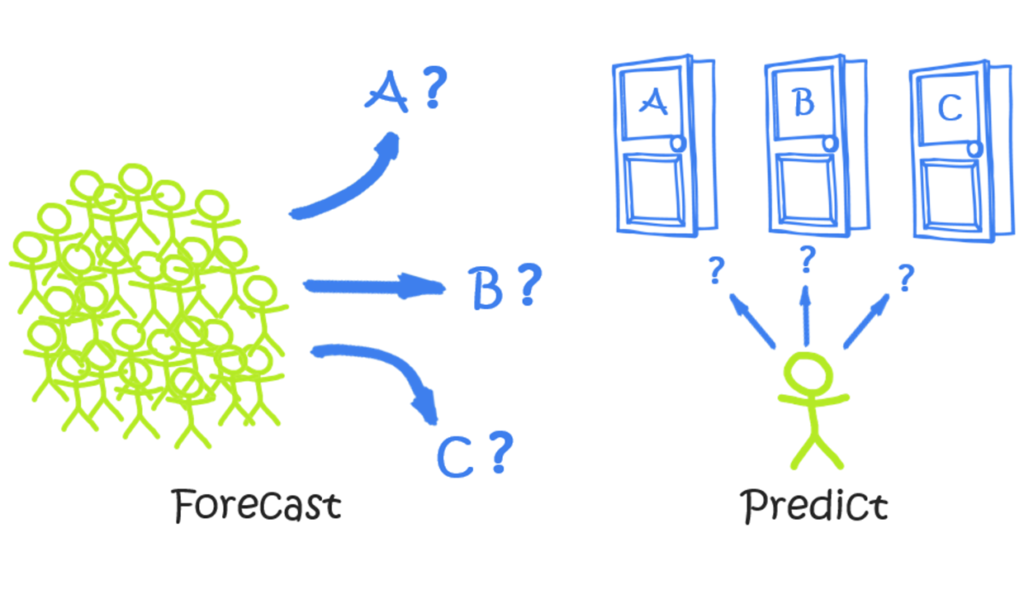Introduction
In today's world, data is the most valuable asset, and companies are constantly seeking new ways to gain insights from it. One such way is predictive analytics and forecasting. Predictive analytics is the use of data, statistical algorithms, and machine learning techniques to identify the likelihood of future outcomes based on historical data. Forecasting, on the other hand, is the process of making predictions about future events based on historical data and analysis.
Predictive analytics and forecasting can be used in a variety of fields, including finance, healthcare, marketing, and sales. In this article, we'll dive deeper into what predictive analytics and forecasting are, how they work, and some of their practical applications.
What is Predictive Analytics?
Predictive analytics involves the use of data, statistical algorithms, and machine learning techniques to identify the likelihood of future outcomes based on historical data. The goal is to go beyond knowing what has happened in the past to provide a best assessment of what will happen in the future.
One common approach to predictive analytics is using regression analysis. Regression analysis involves identifying the relationship between a dependent variable (what you want to predict) and one or more independent variables (the data you use to make the prediction). The algorithm then uses this relationship to make predictions about future outcomes.
Another approach to predictive analytics is using machine learning algorithms such as decision trees, random forests, or neural networks. These algorithms can handle large, complex datasets with many variables and can identify complex patterns that traditional statistical methods may miss.
How Does Forecasting Work?
Forecasting involves making predictions about future events based on historical data and analysis. It is typically used to predict demand, inventory levels, sales, and other business metrics.
There are two primary methods of forecasting: qualitative and quantitative. Qualitative forecasting relies on expert opinions and subjective analysis to predict future outcomes. It is often used in situations where there is little historical data available or when the outcome is subjective.
Quantitative forecasting, on the other hand, relies on historical data and statistical analysis to make predictions. It involves identifying patterns and trends in the data and using them to make predictions about future outcomes.
Applications of Predictive Analytics and Forecasting
Predictive analytics and forecasting have a wide range of practical applications across many different industries. Some of the most common applications include:
Finance: Predictive analytics is commonly used in finance to assess credit risk, detect fraud, and predict stock prices.
Healthcare: Predictive analytics can be used to identify patients at risk of developing certain conditions, predict the likelihood of complications during surgery, and forecast future demand for healthcare services.
Marketing: Predictive analytics can help marketers identify potential customers, predict which marketing strategies will be most effective, and forecast future sales.
Sales: Sales forecasting can help businesses optimize inventory levels, plan promotions and sales strategies, and predict future sales.
Supply chain management: Predictive analytics can help companies optimize inventory levels, identify potential bottlenecks in the supply chain, and forecast future demand for products.
Conclusion
Predictive analytics and forecasting are powerful tools for businesses looking to gain insights into their data and make predictions about future outcomes. By using statistical algorithms, machine learning techniques, and historical data, companies can make informed decisions about everything from marketing strategies to supply chain management.
In addition to their practical applications, predictive analytics and forecasting are also highly relevant to the current technological landscape. Keywords such as artificial intelligence, cloud computing, and the Internet of Things (IoT) are trending topics in the tech industry and are often associated with predictive analytics and forecasting.
Overall, the importance of predictive analytics and forecasting cannot be overstated. By leveraging these tools, companies can gain a competitive advantage by making better-informed decisions and predicting future outcomes with greater accuracy. As data continues to become more valuable, predictive analytics and forecasting will only become more important in the years to come.


